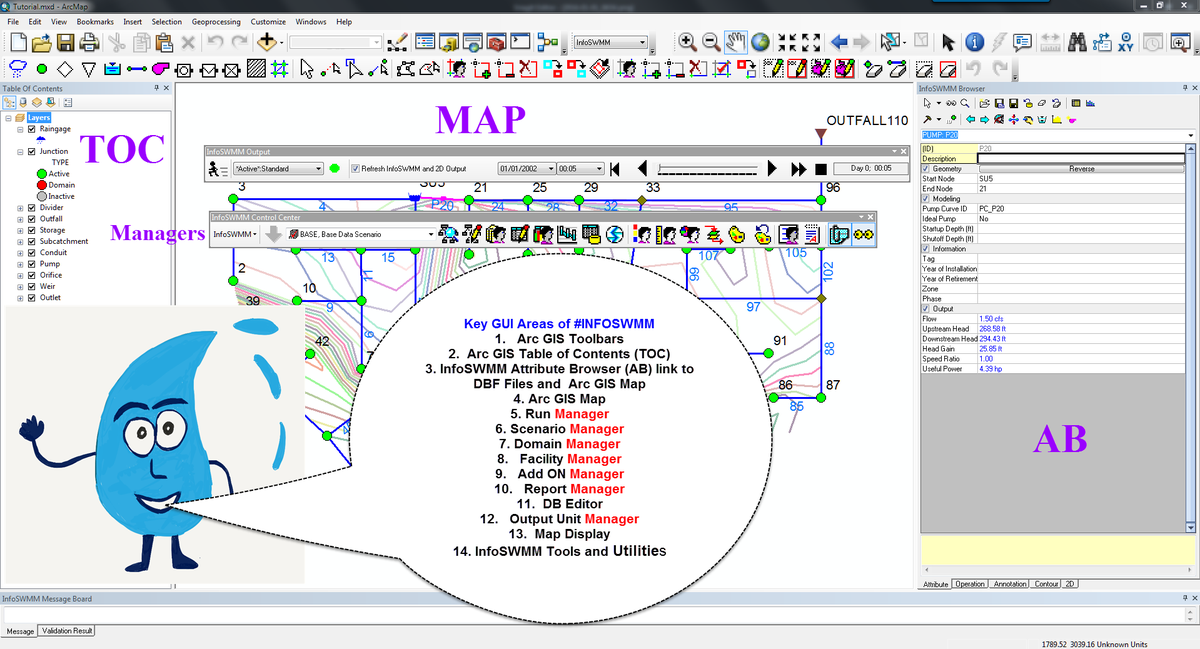Autodesk Technologist with Information about Stormwater Management Model (SWMM) for watershed water quality, hydrology and hydraulics modelers (Note this blog is not associated with the EPA). You will find Blog Posts on the Subjects of SWMM5, ICM SWMM, ICM InfoWorks, InfoSWMM and InfoSewer.
Saturday, January 23, 2016
How #INNOVYZE InfoSWMM or #INFOSWMM Interacts with #SWMM5
Sunday, January 10, 2016
2016 #INFOSWMM Tweets about #HYDROLOGY #CSO #SWMM5
- 1 #INFOSWMM use #ArcGIS , 2 #H2OMAP_SWMM uses #MapInfo, 3 #INFOWORKS_ICM, #SWWMMLive Uses Custom A GUI @Innovyze
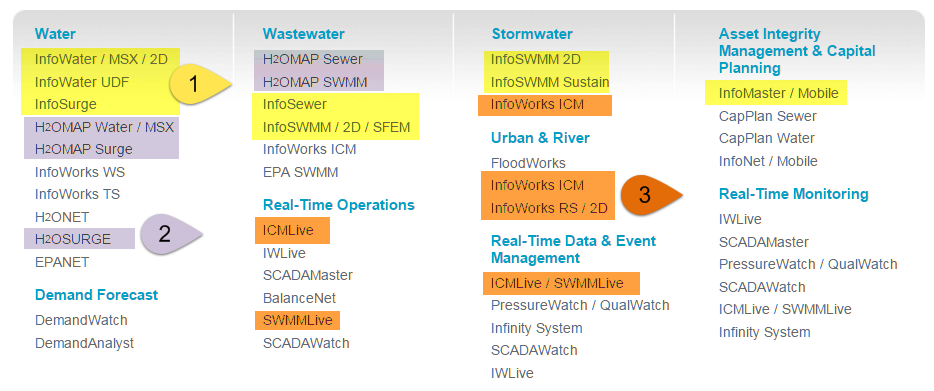
- How #INFOSEWER Maps its DB into #ARCGIS - A Similar Look in #INFOSWMM #iNFOWATER #INFOSURGE and #INFOMASTER
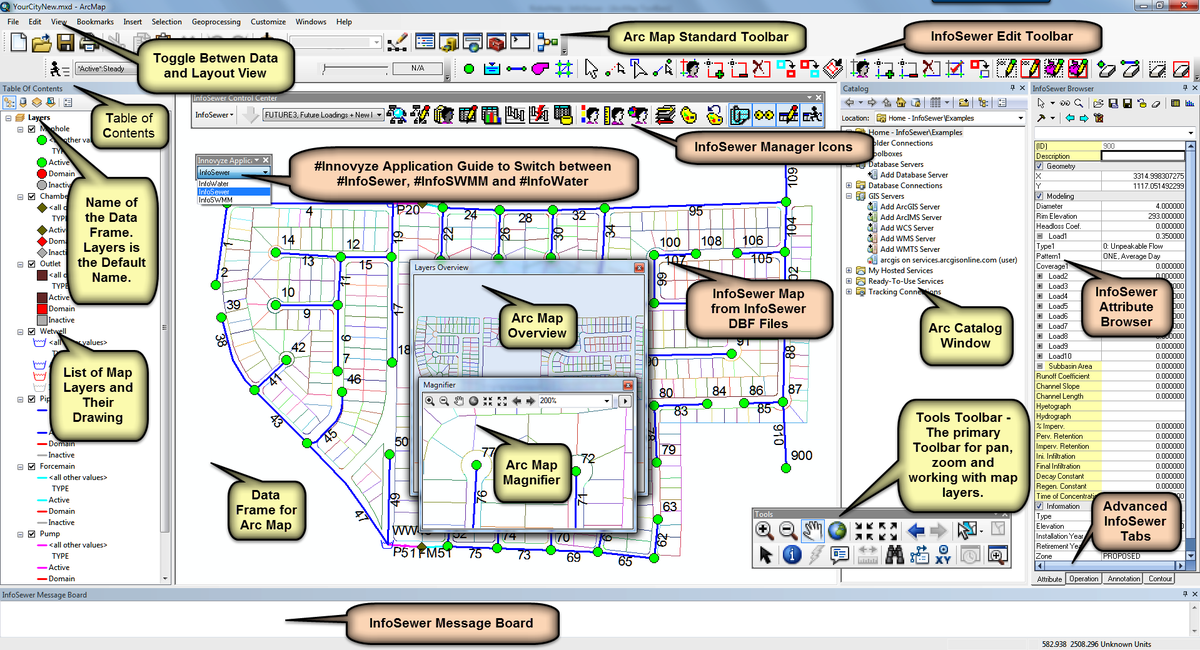
- Continuous Simulation! 1. Precipitation+ 2. Dry+ 3. Hydrology/Hydraulics = 4. #INFOSWMM #INFOWORKS_ICM #rt
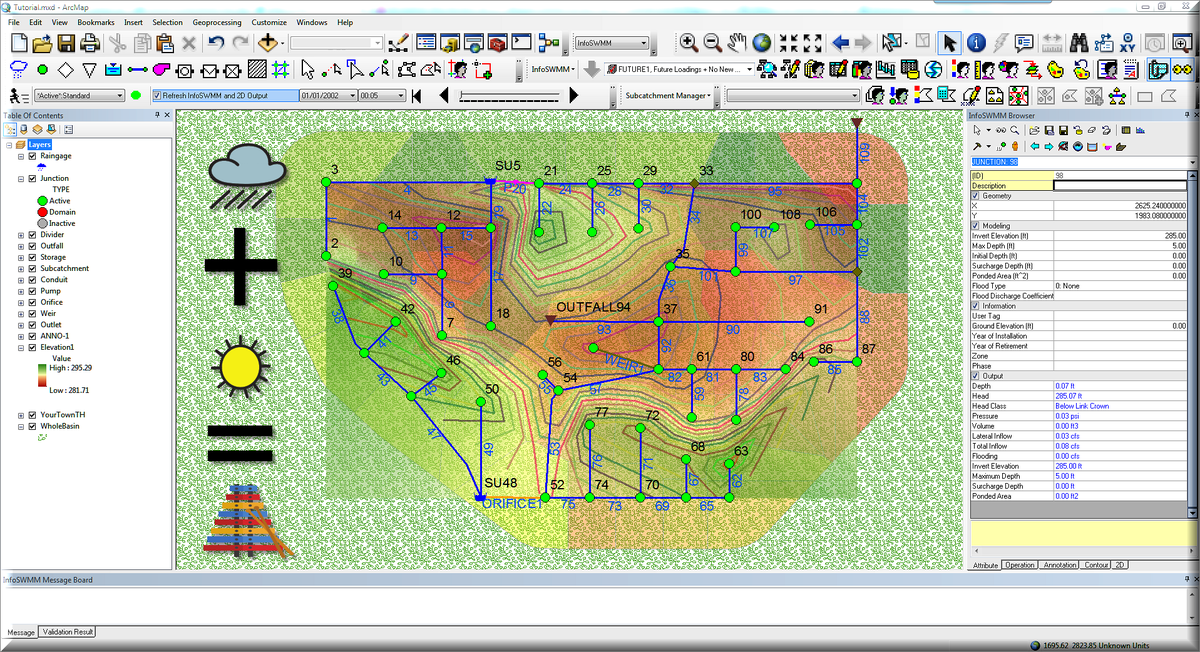
- Tweet #1999 from @InnovyzeRobert Many Thanks To All at #INNOVYZE #MONROVIA for PSL Help for #INFOSWMM
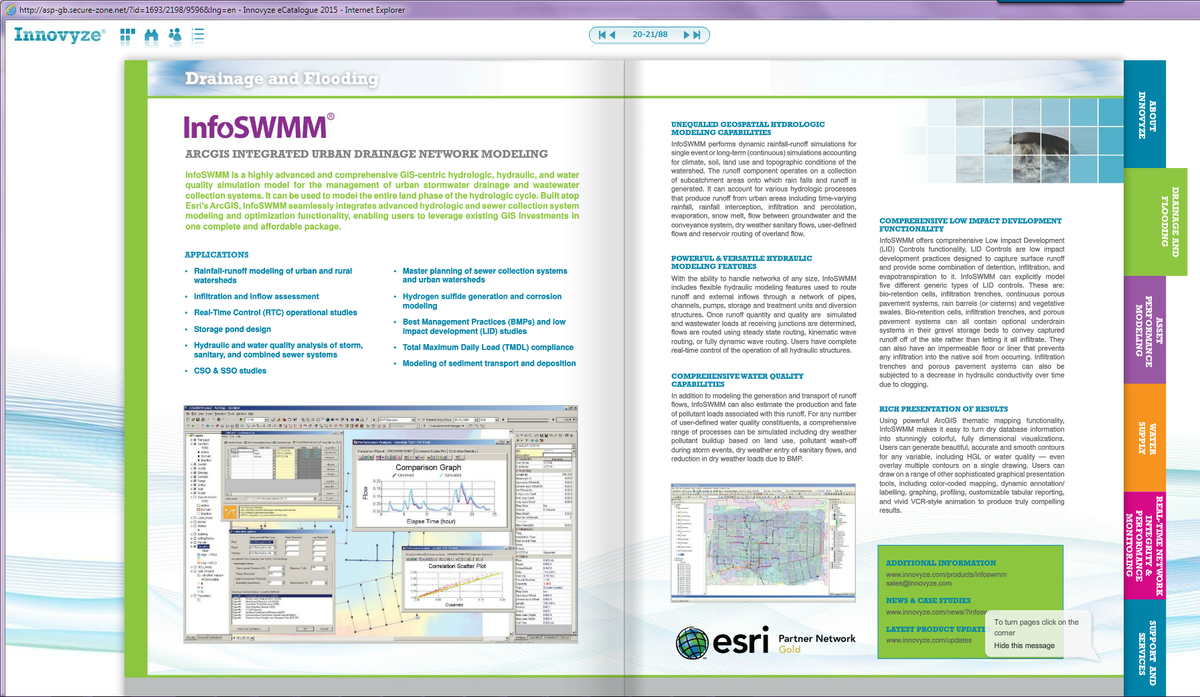
- Great feature of the #INFOSWMM and #H2OMapSWMM Help Files is a detailed Applicaation Guide h/t #EPA for H&HwWQ
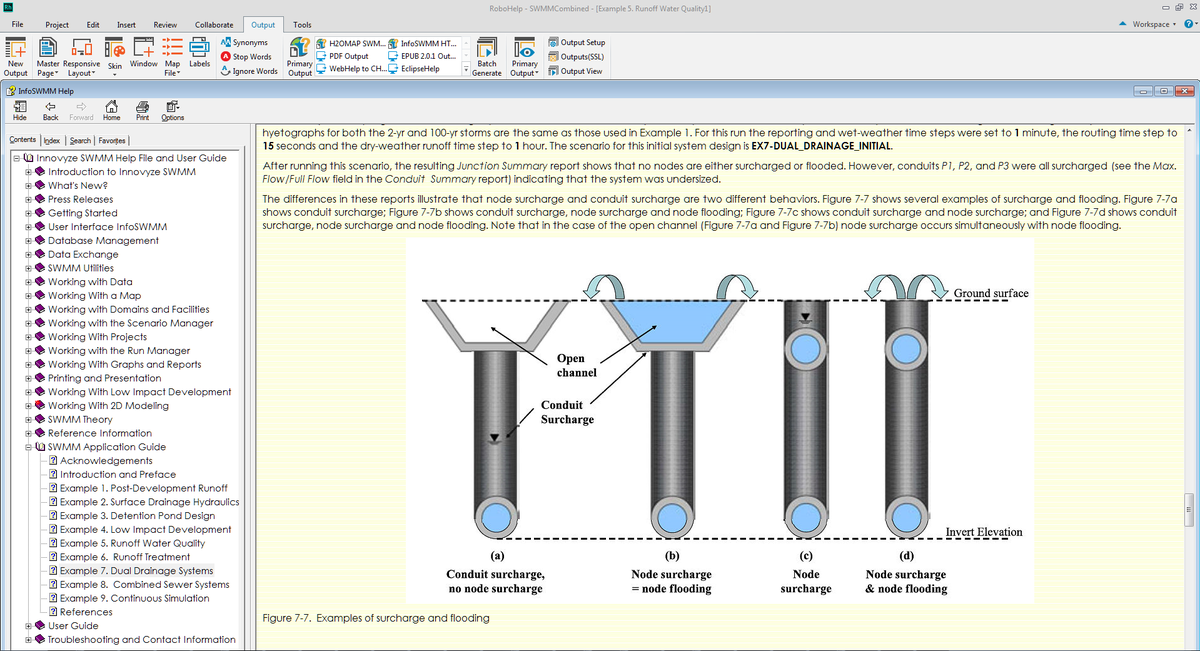
- We welcome @LimnoTech in DC as our newest @Innovyze #InfoSWMM client...looking forward to helping in their upcoming modeling projects.
Monday, December 21, 2015
Job Posting - Sediment and Water Quality Transport in Urban Watersheds Research Participation Program Office of Research and Development National Risk Management Research Laboratory U.S. Environmental Protection Agency (EPA)
Sediment and Water Quality Transport in Urban Watersheds
Research Participation Program
Office of Research and Development
National Risk Management Research Laboratory
U.S. Environmental Protection Agency (EPA)
EPA-ORD/NRMRL-WSWRD-2015-04
Project Description:
- Formulation of numerical techniques for simulation of nutrient and sediment water quality transport.
- Development of initial solution prototype.
- Testing of prototype with analytical, synthetic, and field study data.
- Development of production code for SWMM based on prototype experience
- Preparation of research products documenting methodology and results.
- Experience with numerical solution of advection-diffusion-reaction equations
- Knowledge of overland flow hydrology and numerical simulation of open channel flow hydraulics
- Experience with object oriented software design
- Experience developing software in C/C++.
Qualifications:
Technical Questions:
How to Apply:
Saturday, November 14, 2015
New - Five Infiltration Options Now in InfoSWMM v14 and H2OMap SWMM v14 for Watershed Modeling
 |
| Figure 5. The feature rich Output Report Manager allows complete customization of the graphs using other scenarios, calibration data and other other output elements. |
Thursday, October 15, 2015
Innovyze President Named Distinguished Member of American Society of Civil Engineers
Oct. 13, 2015
Contact: Olivia Wolfertz (703) 295.6472 owolfertz@asce.org
Innovyze President Named Distinguished Member of American Society of Civil Engineers
Reston, Va.-- Paul F. Boulos, Ph.D., Hon.D.WRE, Dist.D.NE, NAE, Dist.M.ASCE, was recently named a Distinguished Member of the American Society of Civil Engineers (ASCE). The Society’s highest accolade, to date only 659 of ASCE’s worldwide members have been elected to receive this honor since ASCE’s founding in 1852.
Boulos was recognized for being a global expert in the theory and practice of computational hydraulics simulation technology for water and wastewater infrastructure. He received the award at the ASCE Annual Convention in New York, N.Y., Oct. 11-14, 2015.
As founder, director, president, COO and chief technical officer of Innovyze, Boulos leads a team in delivering advanced, powerful and easy-to-use tools to water and wastewater engineering and management professionals. His programs have revolutionized the water infrastructure field and have now become an industry standard. They are being used in more than 8,000 cities and utilities in 60 countries and more than 1,000 engineering firms.
Boulos has also made contributions to the profession through his various leadership positions, including serving as president of the American Academy of Water Resources Engineers (AAWRE) and on the board of trustees of the Academy of Coastal, Ocean, Port & Navigation Engineers (ACOPNE). His dedication to scholarship is evident in his involvement with the board of trustees of the Lebanese American University and America-Mideast Educational and Training Services, Inc. (AMIDEAST) as well as his own written works which have been critical to the water and wastewater industry.
His accomplishments have earned him awards for excellence from ASCE, The American Water Works Association (AWWA) and U.S. Environmental Protection Agency (USEPA), along with prestigious alumni awards from the University of Kentucky College of Engineering and the Lebanese American University.
Boulos holds a bachelor’s and master's degree as well as a Ph.D in civil engineering from the University of Kentucky. He also holds a bachelor’s degree in general science from the Lebanese American University and an executive MBA from Harvard Business School.
Founded in 1852, the American Society of Civil Engineers represents more than 146,000 civil engineers worldwide and is America’s oldest national engineering society. ASCE’s 2013 Report Card for America’s Infrastructure, graded America’s cumulative GPA for infrastructure at a D+. The Report Card app for Apple and Android devices includes videos, interactive maps and infographics that tell the story behind the grades, as well as key facts for all 50 states. For more information, visit www.asce
Watch Dr. Paul Boulos Election to the Grade of ASCE Distinguished Member, the Society's highest honor. http://www.innovyze.com/news/videos/boulosace/
Friday, September 25, 2015
Underground London Sewers in 1898
Sunday, August 30, 2015
Advanced Force Network Support in InfoSewer for Steady State and EPS with Emojis
🚧 The Advanced Force Network Support in a sewer system offers a sophisticated 🖥️ simulation model for multiple upstream and downstream force mains that enter and depart a singular junction chamber. This simulation is designed for Extended Period Dynamic Simulation (EPS) 🔄, considering all connected force mains, pumps, wet wells, and force main chamber junctions as one integrated force main network. This powerful feature 🌟 allows for comprehensive network analyses, particularly useful in large Sewer models that may contain more than one force main network, separated by gravity pipes and loading manholes. The various force main networks are solved iteratively, taking into account differing upstream heads and downstream tail manholes, which connect these networks to the rest of the sewer system. 🌊
🔍 Let's delve into the key elements constituting a force main network:
Wet Well: 🚿 This is essentially a holding tank where incoming wastewater is temporarily stored before it's pumped to a higher level or where it's temporarily retained until it can flow out to the sewer system by gravity.
Pump: 💦 The pump propels the wastewater from the wet well to a higher elevation. Depending on the requirements of the specific system, these pumps can vary in type and capacity. Their operation can be automatic, based on the level of wastewater in the wet well, or manually controlled.
Junction Chamber: 🛠️ This is a critical component where multiple force mains converge or diverge. In the junction chamber, flows from different lines are combined or separated, depending on whether they are incoming or outgoing.
Head Manhole or Loading Manhole: 🕳️ The head manhole, also known as a loading manhole, is where the flow from other parts of the sewer system enters the force main network. It essentially serves as the entry point for wastewater into the force main system. These structures can also be designed to handle excess flow during peak times.
Tail Manhole: 🚪 The tail manhole is where the flow leaves the force main network. It serves as an exit point for the wastewater, leading it out of the force main system and into other parts of the sewer network, often those operating by gravity flow.
🖥️ Elements in InfoSewer
The identification of the head and tail manhole for a force main network is astutely determined by the software itself, guided by the precise geometry of the network. A force main network springs from a wet well, incorporating pumps that establish a connection from the wet well to the force main links. The actual force main links and the force main connecting junction chambers are also integral parts of this system. Notably, the software offers the flexibility to link a force main directly to the gravity mains, bypassing the need for an intermediate wet well and pumps.
Two critical boundary conditions 📏 help define the dynamics within the force main network:
Water Heads at Wet Wells: 🌊 These vary as a function of the inflow from the upstream portions of the sewer network and outflow to the force main network. Essentially, as inflow rates from upstream sections change, the water head or the hydraulic grade line in the wet well adjusts accordingly.
Water Head at Tail Manholes: 📊 These are calculated as the maximum discharge head, a sum of the manhole invert elevation and the diameter of the force mains that terminate at that manhole.
Through these boundary conditions, the software effectively manages and simulates the behavior of the wastewater within the network, ensuring optimum functionality. As water levels fluctuate in response to inflow and outflow dynamics, the software's ability to adjust and manage these shifts helps maintain the operational integrity of the sewer system.
📚 An Example of how Newton Raphson Solves for Zero
For example, assuming there are n1 wet wells, n2 head manholes, n3 tail manholes, n4 junction chambers and l1 pumps and l2 force mains, the program must solve the network hydraulics to get n2+n4 water head values and l1+l2 flow values iteratively using the Newton-Raphson method. The solution iterates until the mass and energy of the force main network is in balance. The hydraulic equations used in the solution are essential for understanding the intricacies of the system.
AI Rivers of Wisdom about ICM SWMM
Here's the text "Rivers of Wisdom" formatted with one sentence per line: [Verse 1] 🌊 Beneath the ancient oak, where shadows p...
-
@Innovyze User forum where you can ask questions about our Water and Wastewater Products http://t.co/dwgCOo3fSP pic.twitter.com/R0QKG2dv...
-
Subject: Detention Basin Basics in SWMM 5 What are the basic elements of a detention pond in SWMM 5? They are common in our back...
-
Engine Error Number Description ERROR 101: memory allocation error. ...
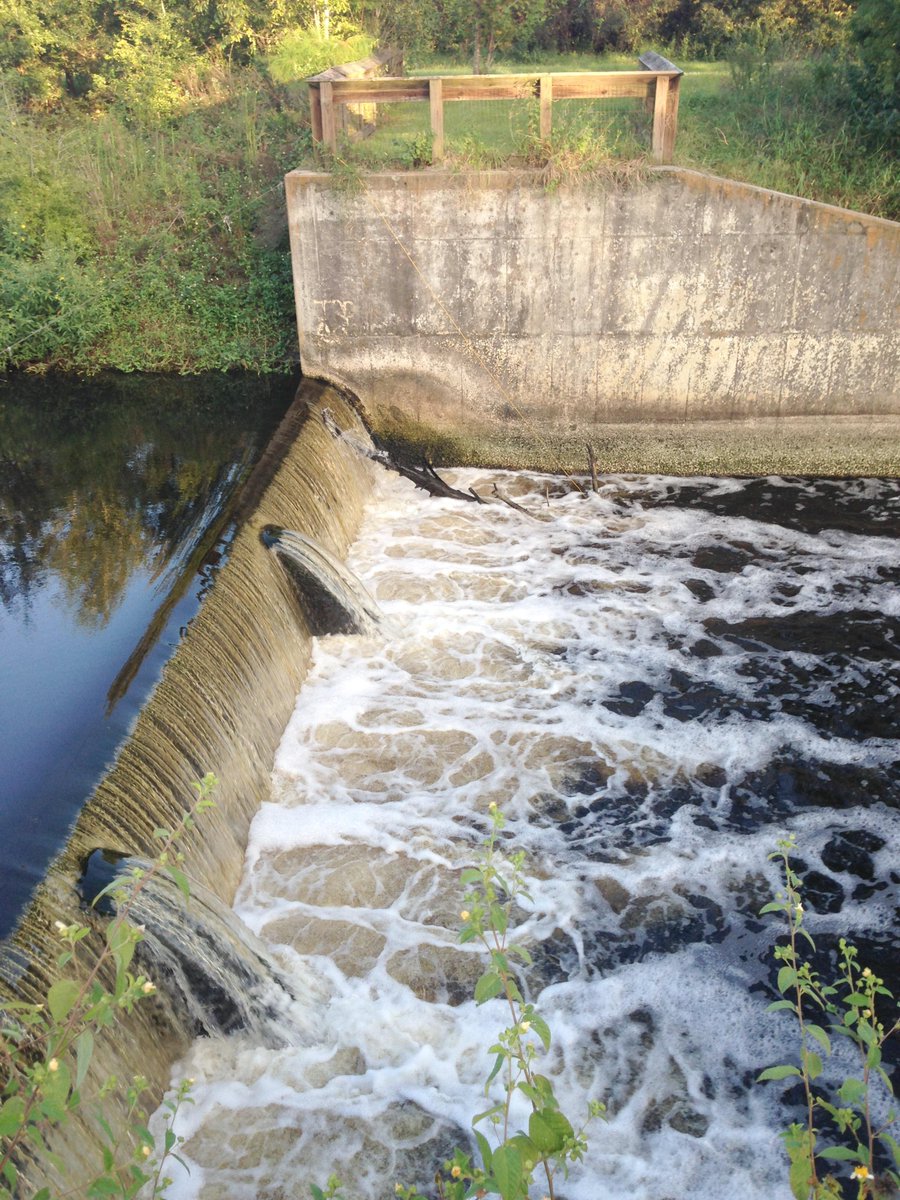
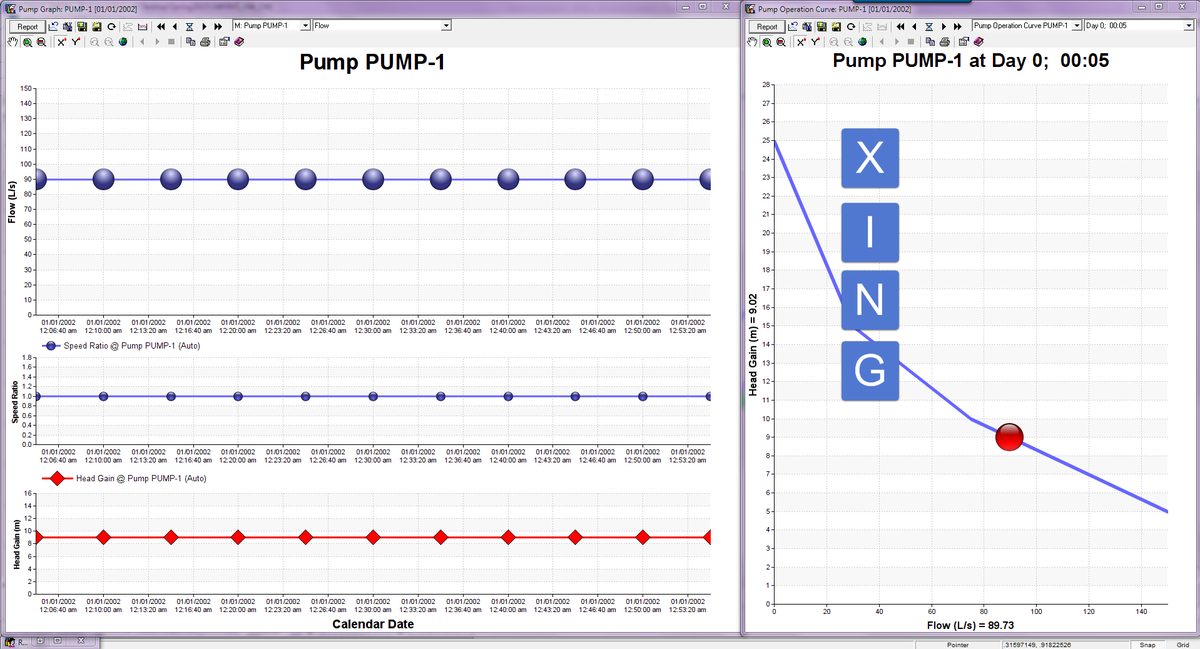
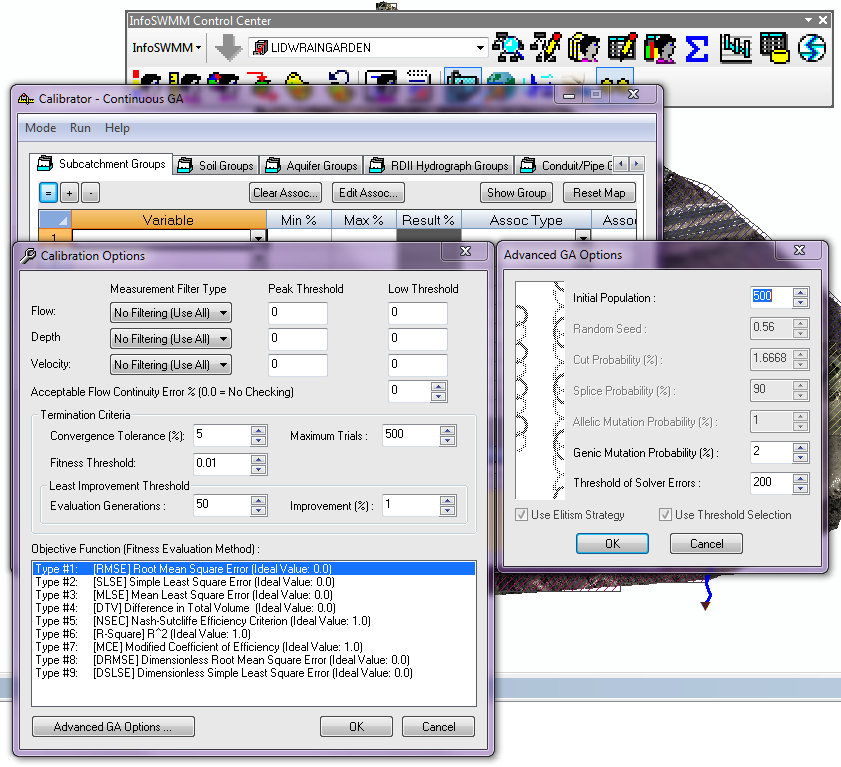
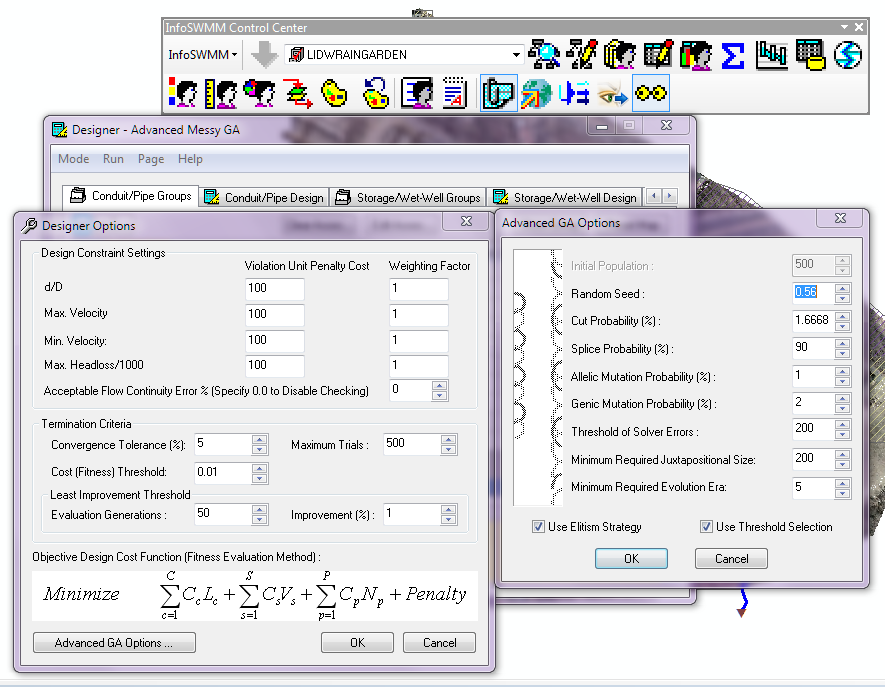
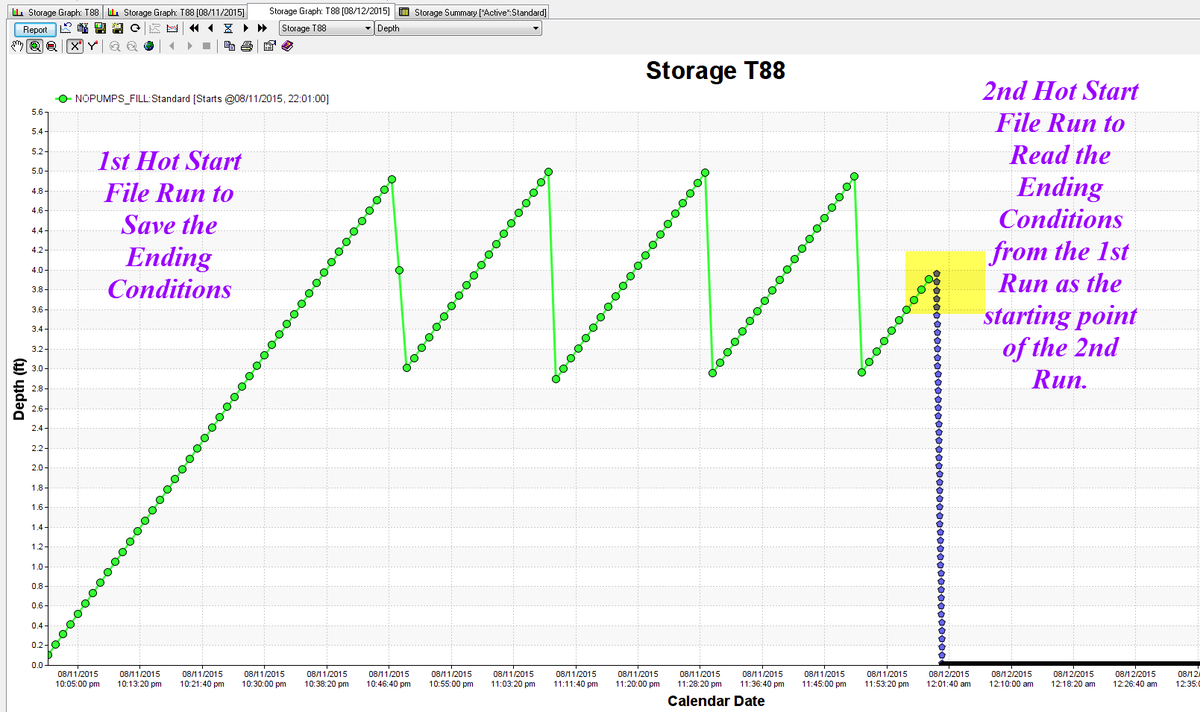
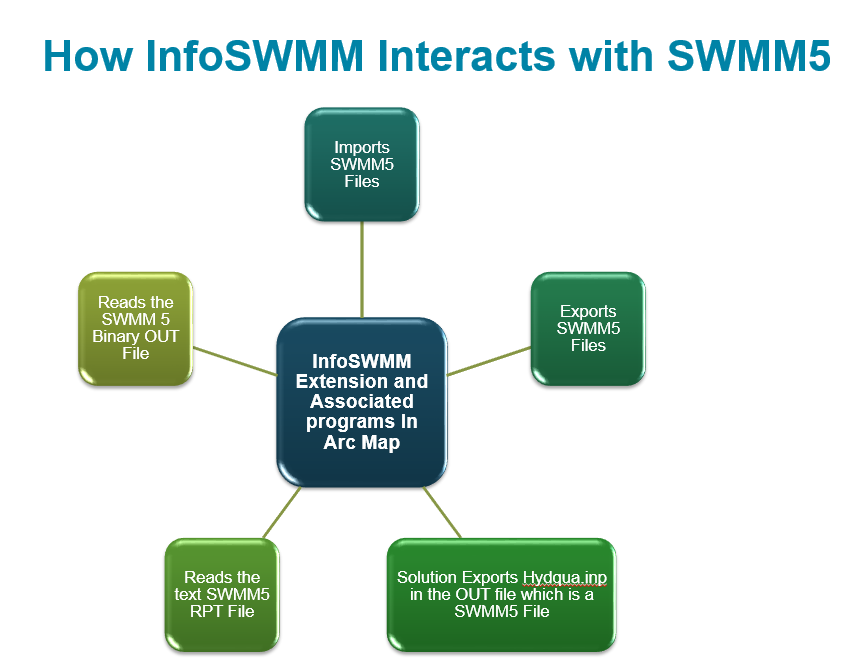
 Robert Dickinson
Robert Dickinson 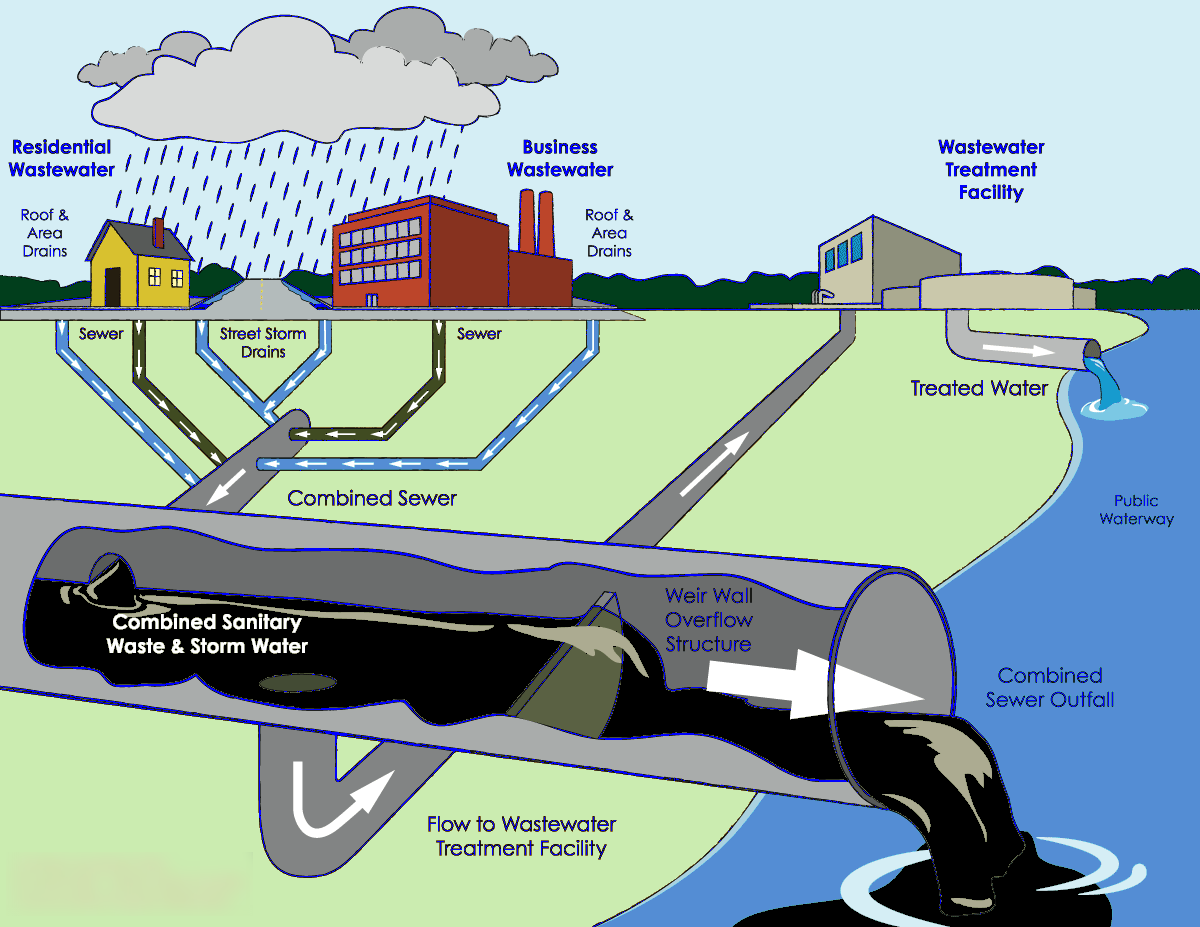
 Peter Martin
Peter Martin 
 Innovyze
Innovyze 